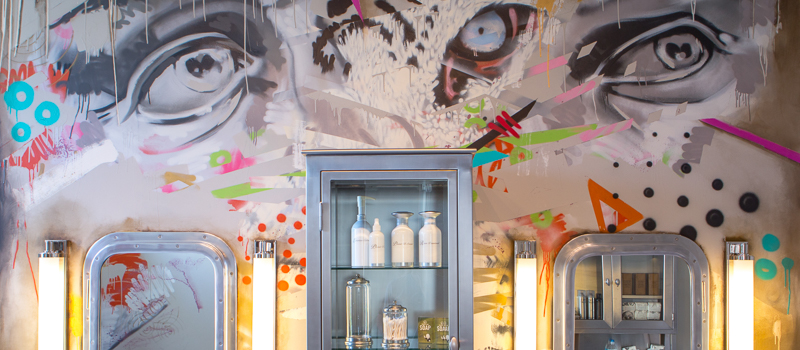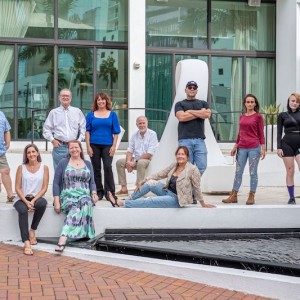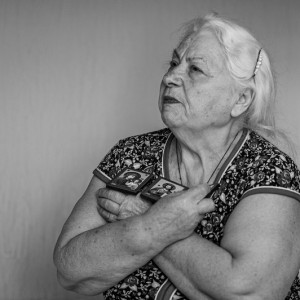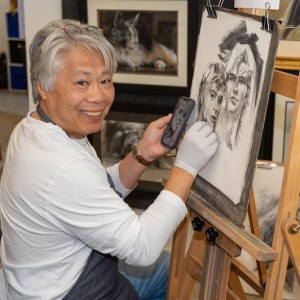Richie Brasil
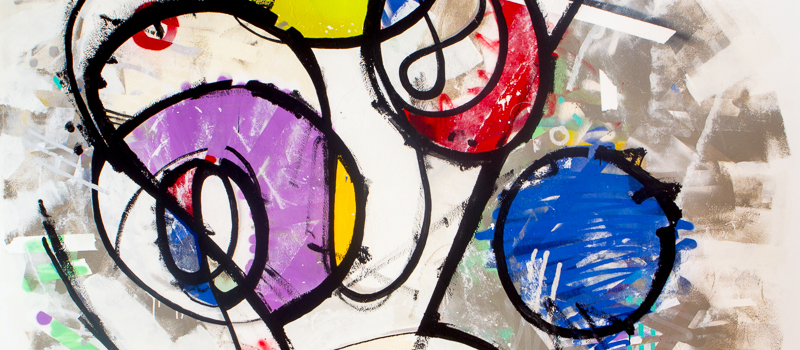
UNTITLED.
It all comes down to doing the work. That’s the takeaway from a sitdown with painter and muralist Richie Brasil, his clothes, hands and even face speckled with paint as he’s just stepped off the scaffolding. It’s a philosophy maintained from his days in Brockton, south of Boston, hopping fences and tagging train cars, getting an early art degree in the graffiti school. Determined to progress, Brasil was soon dividing his time: an eleven-year-old spending afternoons in fine art classes with teenagers and twenty-somethings, and nights riding the rails with friends. The conjunction of traditional and non-traditional marks a duality that plays out across Brasil’s budding career, a blend of the classic and the underground. He’s trained in oil paints but prefers to work in his customary spraypaint, and he’s broken into the gallery scene but much of the work retains the stylistic hallmarks of the street art scene, with its vibrant coloring, looping geometrics and stylized forms creating a visceral and immediate display. But to Brasil, the distinction between ‘street art’ and ‘fine art’ is questionable at best and not an overarching concern. “How can I set myself apart?” he asks instead. “How can I bring this to a level where only I can do it how I do it? It’s all about-“ Brasil flexes his finger, mimicking some quick spraypaint. “The index finger, the hand, these are all muscles that you’ve got to work out.” By changing pressures and angles and dipping the end of his digit into the stream, Brasil can control and shape the colored spume. “Only by practicing and doing will it get stronger,” he says. Brasil’s hands never cramp anymore, and he can’t even smell the spraypaint. “I want to leave a legacy,” Brasil continues. “It’s my responsibility to do something with myself, and everybody wants to leave a story behind.”
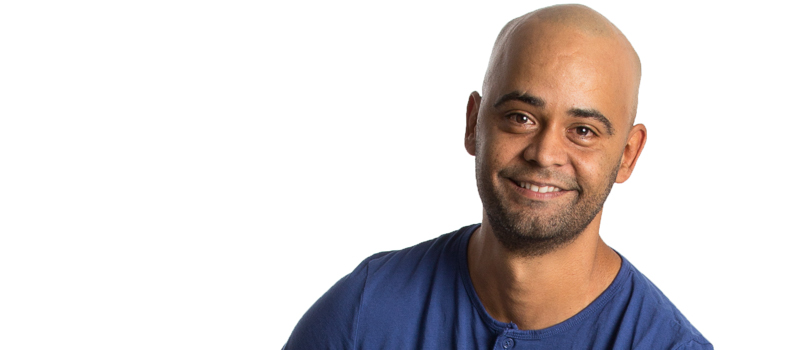
JAVIER RODRIGUEZ, JAVO. PHOTO BY WYATT KOSTYGAN.
Javier Rodriguez – “Javo”
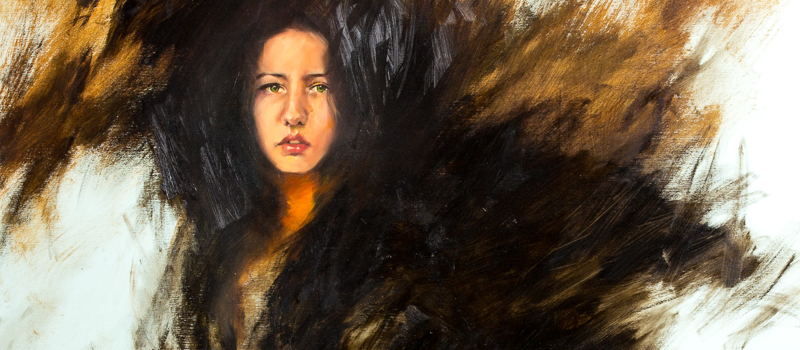
HANNA.
Javo likes to draw, a lot. He creates at minimum three or four drawings each day, and has done so for at least the last two years, he says. All told, Javo estimates a few thousand or so have accumulated in that time. “I don’t need to make a masterpiece,” he says of his daily drafting. “I just need to practice.” It’s a compulsion Javo has experienced, in some way, his entire life, and it’s taken him from the family home in Old San Juan, Puerto Rico to the halls and walls of Sarasota. “My motivation is simply I love to draw,” says Javo, recounting his days as a scribbling child, driving his mother mad asking for more to draw upon, covering paper plates and napkins and wooden boards with a young artist’s hand. It’s something unexplainable to him and the question itself is puzzling, like asking why he loves coffee or fresh flowers. “What drives me? I don’t know,” he says. “I like to buy flowers.” But he doesn’t draw them, at least not primarily. The undeniable focus of Javo’s work remains the human figure, particularly the face, forms self-taught copying from books or watching his father illustrate. “Certain images speak to me,” he says, and whether it be his stylized portraits with strong lines and spatial distensions, laid down in acrylic, spraypaint and oil, almost brushing against the graffiti school, or his more recent traditional oil paintings, shadowed and dramatic, the focus is human. “I’m fascinated by the spirit within, more than the physical,” Javo says, flicking through his archive of painted faces. “I’m looking for what’s behind the face, the mystery behind each individual.” Returning to his own mystery, this need to create, he can still provide no answers. “Drawing is who I am. I don’t know anything else.”
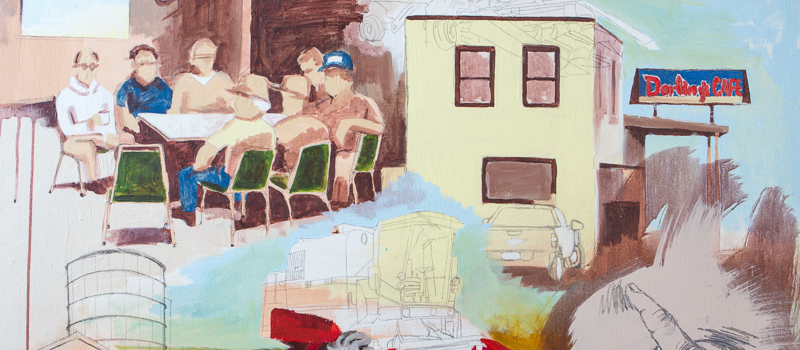
ARTWORK BY CASSIA KITE.
Cassia Kite
For artist Cassia Kite, the past is very much alive, sentimentally intertwined into the present, informing her work and driving her from project to project. “It’s imagery from my life, my past, trying to get into the realm of the present,” she says, unveiling Soundstitches, a mixed-media project years in the making, combining painting, stitching, music and memory. “When you have a child, it changes everything,” Kite intones, and in her case it meant easing back on the paint and picking up the needle and thread, making a quilt from her father’s old work shirts and falling in love with the process. “You spend so much time with the medium when you’re stitching that you build this relationship,” Kite says. Seeing a painterly potential within the spools of colored thread, Kite recreated line drawings with dark filament, quickly graduating to full-color paintings, abstracting her images just enough to accommodate the needle and uniting traditions of fine art and folk art into one. While plein air painting at the old family home in Nebraska, the memories return – her grandmother playing and teaching piano, the sound echoing in the house and beyond into the farm. It’s part of the house, something Kite needs to capture, “but how in the world would I do that?” Kite’s answer, and the conceit behind Soundstitches, envisions color as musical code, with each hue corresponding to a note on the musical scale. Creating her own code in the key of C, whereby green is ‘C,’ yellow is ‘D,’ orange is ‘E’ and so on, Kite can read her stitched images, from left to right and top to bottom, as a piece of music. From painting to stitching to musical interpretation, Kite’s Soundstitches presents a multi-faceted exploration of a single image, embracing and perhaps even approximating the rich but amorphous sensation of memory.





